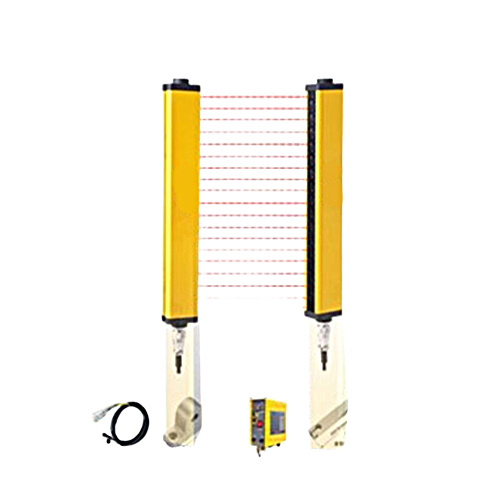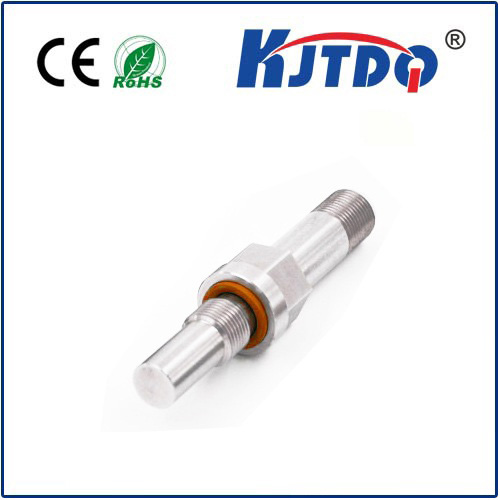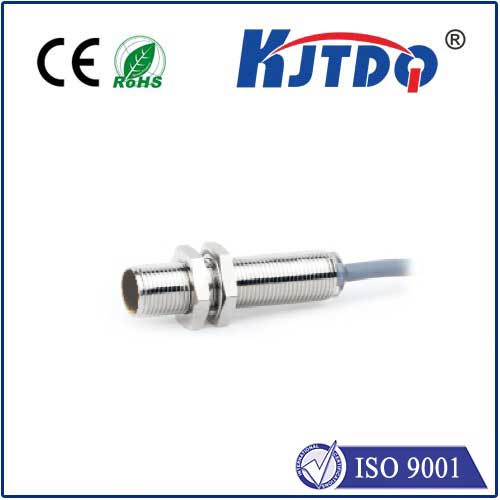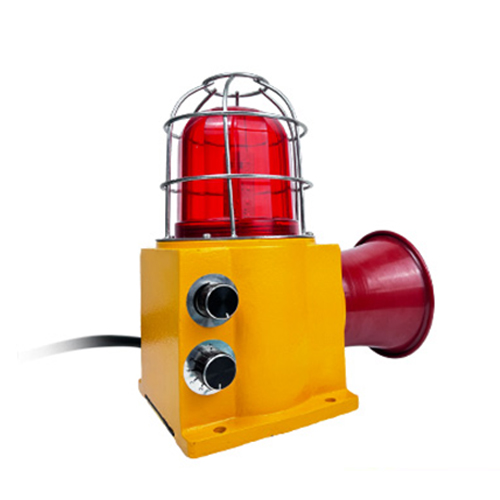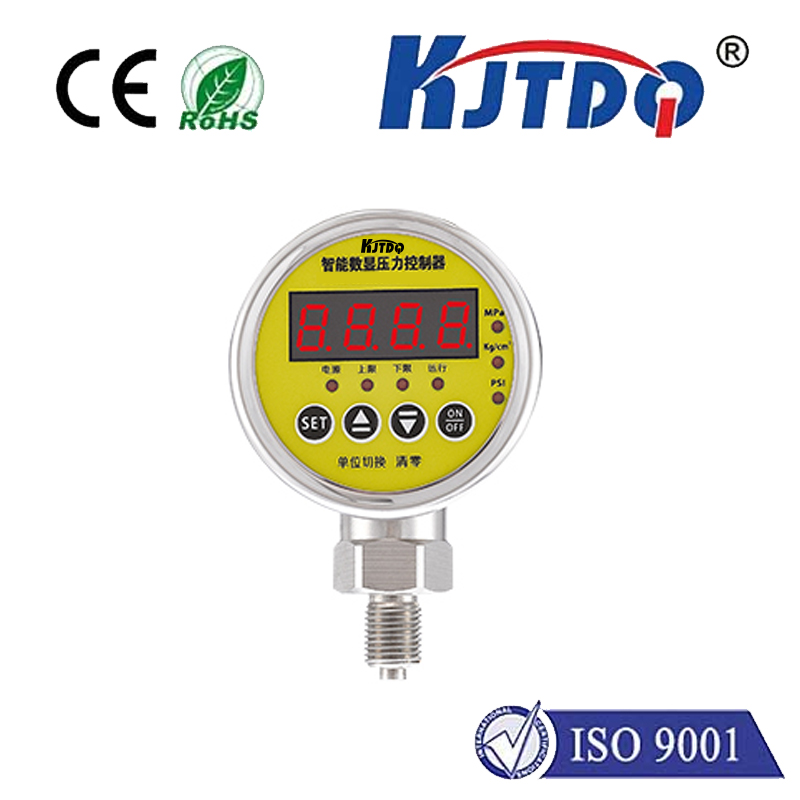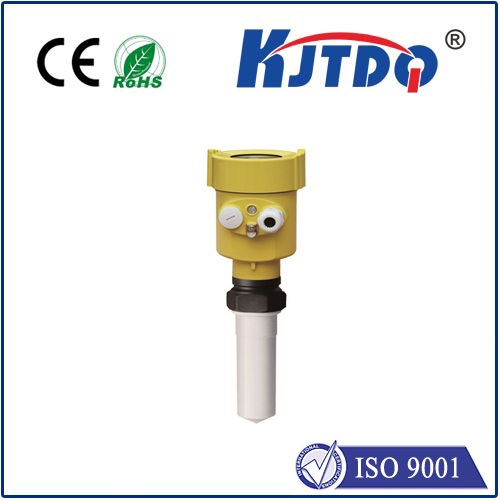

check

check

check

check

check

check

check

check

check

check
Ever flipped a light switch in your car dome light, felt the click of a printer cover closing, or relied on the safety stop on an industrial machine? Chances are high you’ve interacted with a component silently working behind the scenes: the pin plunger micro switch. This meticulously designed electrical switch, defined by its slender, rod-like actuator, is a cornerstone of precision and reliability in countless applications. It’s the unsung hero sensing presence, position, or pressure with remarkable accuracy and consistency.
Understanding the Pin Plunger Micro Switch
At its core, a micro switch is a compact, snap-action switch. What sets the pin plunger variant apart is its actuator – a thin, rigid pin designed for direct, precise linear actuation. When this pin is depressed by an external force, even a very small one over a very short distance (often fractions of a millimeter), it triggers an internal mechanism. This mechanism rapidly snaps the switch’s electrical contacts from one state (e.g., Normally Open - NO) to another (e.g., Normally Closed - NC), or vice-versa. This snap-action characteristic is crucial, providing a distinct, audible, and tactile click while ensuring arcing contacts open and close quickly for longevity and reliability.
Inside the Tiny Workhorse: How it Functions

The magic happens inside the switch housing. Depressing the pin plunger applies force to an internal lever mechanism. This lever is connected to a precisely calibrated spring assembly. Once the force on the plunger actuator exceeds a specific threshold, the spring swiftly crosses a central pivot point (the over-center mechanism). This rapid movement propels the electrical contacts with significant speed and force, instantly changing their state. The contacts themselves are designed to handle specific electrical loads (current and voltage) reliably for thousands, often millions, of cycles. Crucially, the pin plunger design minimizes friction during actuation, contributing to its precise operation and long life.
Key Advantages Over Other Actuator Types
So why choose a pin plunger instead of a roller lever, button, or other microswitch actuator designs?
Where You’ll Find Them: Diverse Applications
The unique characteristics of the pin plunger micro switch make it indispensable across an astonishing breadth of industries:
Selecting the Right Pin Plunger Micro Switch
Choosing the optimal micro switch involves careful consideration of several factors:
The pin plunger micro switch exemplifies how ingeniously engineered, compact components underpin modern technology. Its precision actuation, reliable snap-action, and adaptability make it a fundamental element in translating physical movement into crucial electrical signals. From enhancing vehicle safety to ensuring the smooth running of automated factories and adding smart features to everyday appliances, this unassuming electrical switch continues to be an essential tool for designers and engineers worldwide. Its blend of simplicity and sophisticated performance ensures its place at the heart of countless reliable detection and control tasks.
